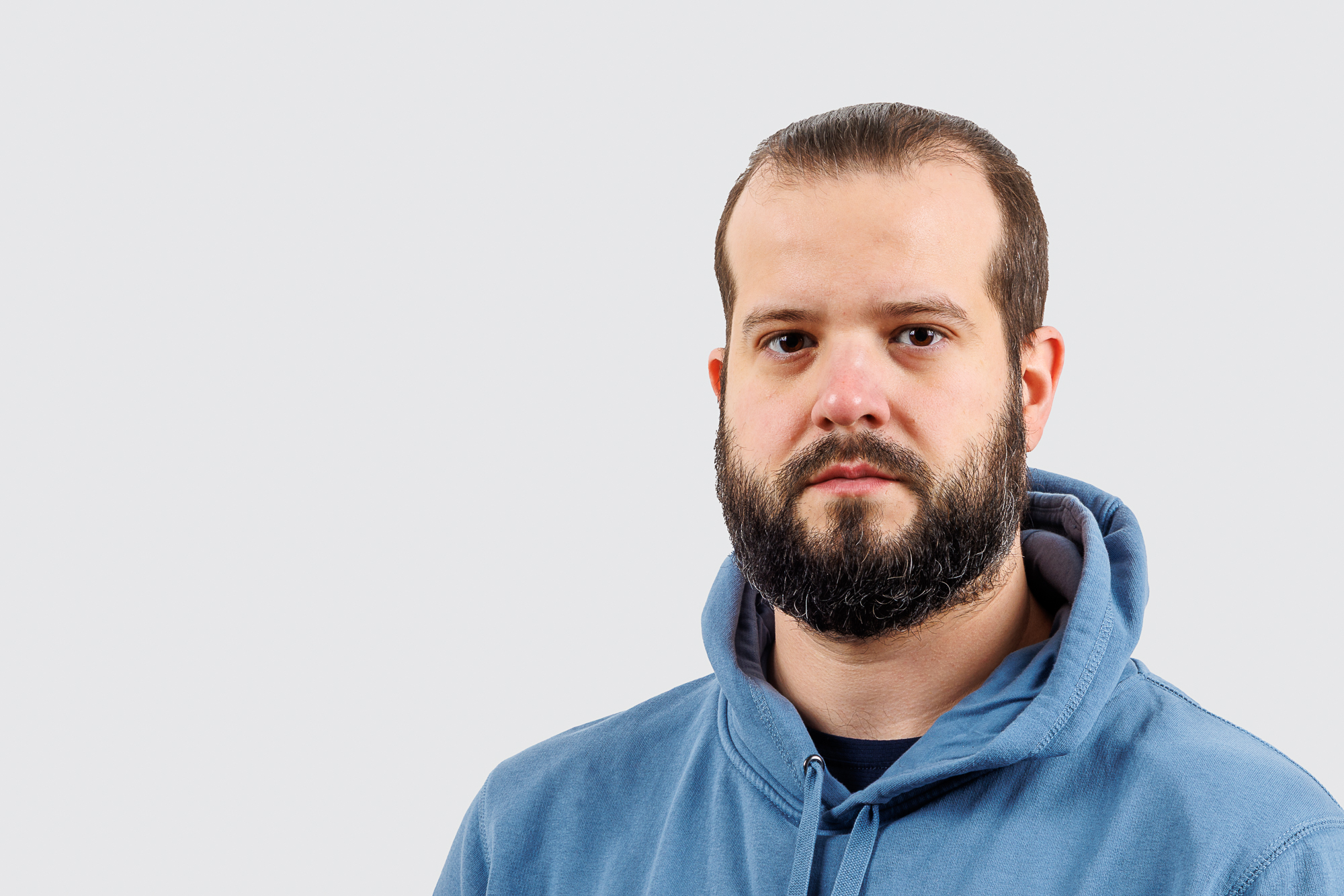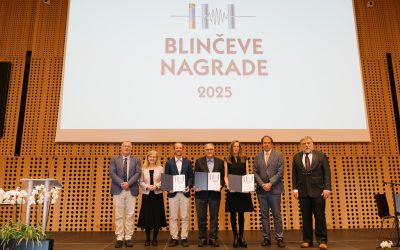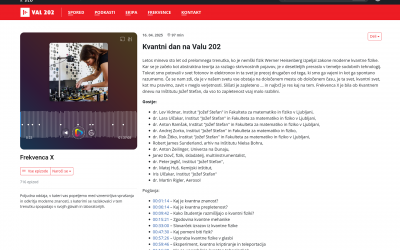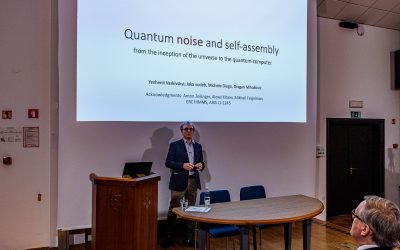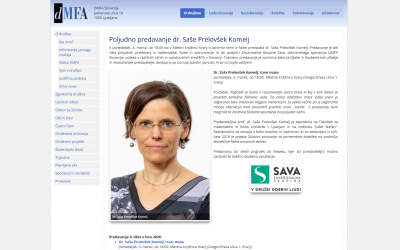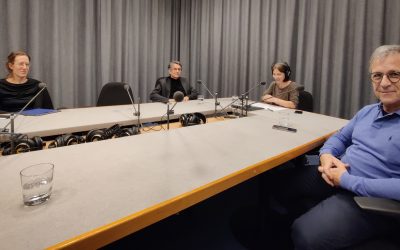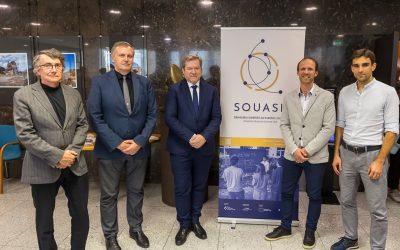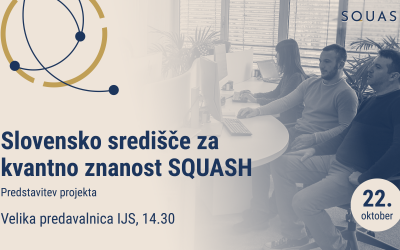My main research interest lies in hadrons, composite particles made from quarks and gluons, whose interactions are governed by Quantum ChromoDynamics (QCD). My primary interests lie in hadrons and their properties such as mass, decay widths, branching fractions, as well as the various transitions that can occur between hadrons. These transitions can provide valuable Standard Model parameters, which can be compared to experimental measurements and tested for New Physics contributions. But studying hadrons is not just about building a dictionary of parameters – it is also trying to understand what hadrons are made of, how do their building blocks come together and what is the interplay between quarks and gluons.
There are numerous way to calculate QCD observabless, but at low energies – where hadrons appear, the only reliable a-priori method so far is lattice QCD – a numerical method to calculate the Feynman path integrals of QCD using large supercomputers. Quantum computers are opening a new opportunity to study the properties of QCD with a whole new approach.

